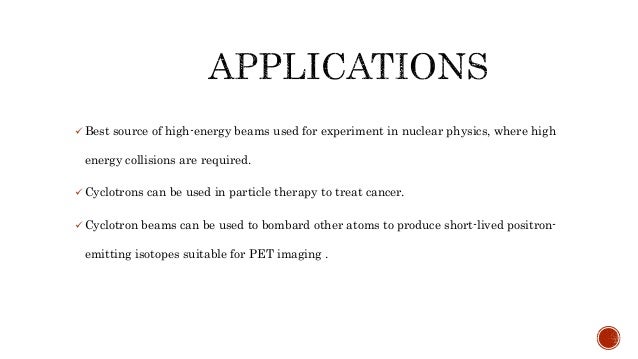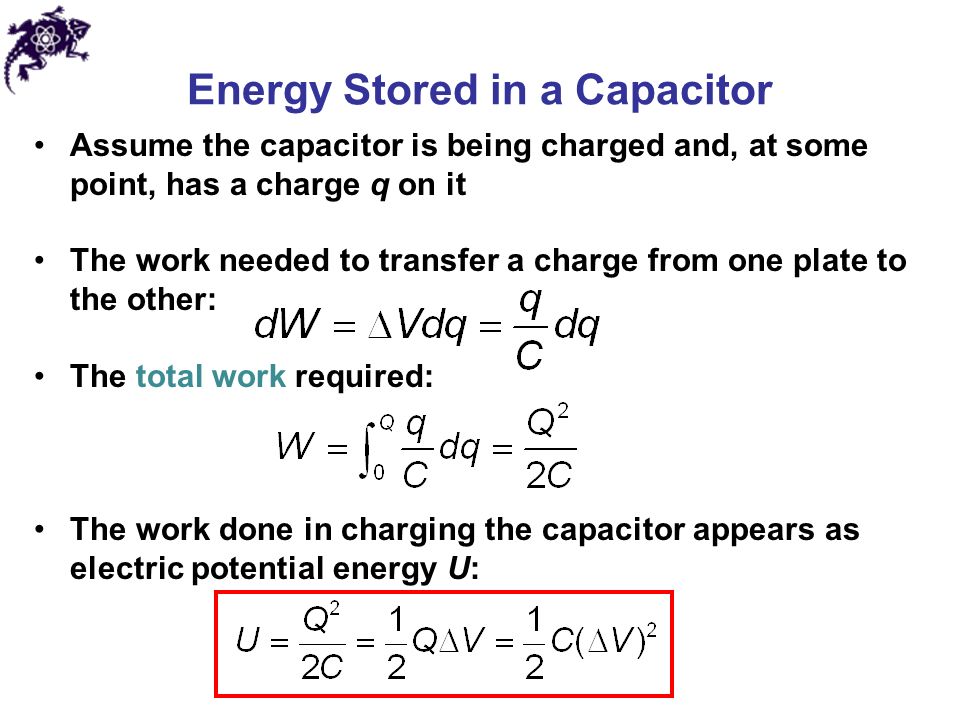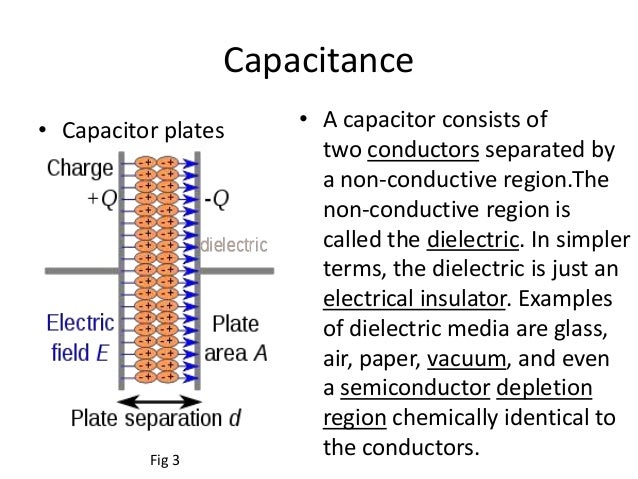Welcome to PhyLAB (Learn, Analyse & Build)... the process of learning and teaching Physics.... In this blog I welcome each and every students who are appearing for their Physics-ISC examination. I will try to upload questions, movies and other materials which I have been using as a teaching aid. We at PhyLAB make sure you win over your frustrations or helplessness while learning physics and its related concepts.
Pages
▼
Saturday, August 31, 2019
Wednesday, August 28, 2019
Sunday, August 25, 2019
Saturday, August 24, 2019
Saturday, August 17, 2019
Monday, August 12, 2019
Atwood's Machine
The ideal Atwood machine consists of two objects of mass m1 and m2, connected by an inextensible massless string over an ideal massless pulley.
When m1 = m2, the machine is in neutral equilibrium regardless of the position of the weights.
When m1 ≠ m2 both masses experience uniform acceleration.
We are able to derive an equation for the acceleration by analyzing forces. If we consider a massless, inextensible string and an ideal massless pulley, the only forces we have to consider are: tension force (T), and the weight of the two masses (m1 and m2).
To find an acceleration we need to consider the forces affecting each individual mass. Using Newton's second law we can derive a system of equations for the acceleration (a).
In order to understand in detail about the mechanics of the Atwood's Machine watch this video:
In order to understand in detail about the mechanics of the Atwood's Machine watch this video:
In order to understand in detail about the mechanics of the Atwood's Machine watch this video:
Thursday, August 8, 2019
Cyclotron: Principle, Construction, Working Uses and Limitations
What is a Cyclotron?
Uses/Applications of Cyclotron:
Limitations of Cyclotron:
Cyclotrons accelerate charged particles using a high-frequency, alternating voltage (potential difference).
A positively charged particle or ion can be accelerated to high energy with the help of an oscillating electric field, by making it cross the same electric field time and again with the use of a strong magnetic field.
Working of a Cyclotron:
Construction of a Cyclotron:
A cyclotron is made from a flat cylinder of metal that is split in two (referred as D's). Each half of the cylinder is an electrode. There is a magnetic field pointing inwards inside the cylinder.
The purpose of the electrodes is to accelerate the charged particles. The purpose of the magnetic field is to bend them round so that they go back towards the other electrode. The voltage on the electrodes is swapped over in a cycle (hence the name). It starts off with electrode A being positive, then swaps so it is negative, then swaps again and so on.
To keep the electrons moving in circular orbits, they must feel a constant force towards the centre of the circle. Magnetic field inside the D's applies this force.
In a cyclotron, the electric field makes the particles accelerate when they are in between the plates. And the magnetic field produces a force on them (because they are moving) towards the centre of the circle.
Working of a Cyclotron:
- D1 and D2 are hollow evacuated metal chambers called dees . The dees are connected to a high frequency oscillator. The two dees are enclosed in a evacuated steel box. The box is placed in a strong magnetic field produced by two pole pieces of electromagnet.
- The positive ion to be accelerated is placed in between the dees. Let D1 is at negative potential and D2 is at positive potential. The ion will be accelerated towards D1. On reaching inside D1 the ion will be in electric field free space(electric field is zero).Due to perpendicular magnetic field it describes a semi circular path inside D1 of radius r=mv/Bq.
- Time taken by the ion to cover semi circular path is t= πm/Bq. This time is independent of speed of the ion and radius of its path. The time during which positive ion describe a semi circular path is equal to the time of half cycle of electric oscillator and at the same instant polarity of the dees are reversed.
- Now D1 becomes positive and D2 becomes negative. The ion is accelerated towards D2.
- It enters D2 by crossing electric field between D1 and D2, which accelerates the charge particle.Inside D2 it describes semi circular path of greater radius (velocity increases due to electric field in between the gaps of D's). As time period is independent of speed and radius therefore the ion will arrive in the gap when the polarity of the dees is reversed. therefore, positive ion will go on accelerating every time it comes in the gap between the dees. The accelerated ion can be removed out of the dees from window, by applying electric field.
Formula for Cyclotron:
Uses/Applications of Cyclotron:
- Cyclotrons were the best source of high-energy beams for nuclear physics experiments. several cyclotrons are still in use for this type of research.
- Cyclotrons can be used to treat cancer. Ion beams from cyclotrons can be used, as in proton therapy, to penetrate the body and kill tumors by radiation damage. This device is a mass spectrometer that uses ion cyclotron resonance(ICR).
Limitations of Cyclotron:
- A positive ion can not be accelerated beyond a certain limit because with the increase in velocity mass of the charge particle changes. which changes the time period of circular path and positive ion will not arrive in the gap between the dees exactly at the instant when polarity of the dees are reversed.
- Electron can not be accelerated using cyclotron because the mass of electron is small and small increase in energy of electron provide high speed to the electron and electrons go quickly out of step with the oscillating electric field.
- The uncharged particles like neutron can not be accelerated using cyclotron.
Important questions related with cyclotron:
Capacitors and Capacitance
A capacitor or condenser is a device that stores electrical energy. It generally consists of two conductors carrying equal but opposite charges. Hence the total charge on any capacitor is always zero.
The ability of a capacitor to hold a charge is measured by a quantity called the capacitance.
The capacitance C, of a capacitor is defined as the ratio of the magnitude of the charge on either conductor to the magnitude of P.D. between them.

Expression for Capacitance of a Parallel Plate Capacitor










































